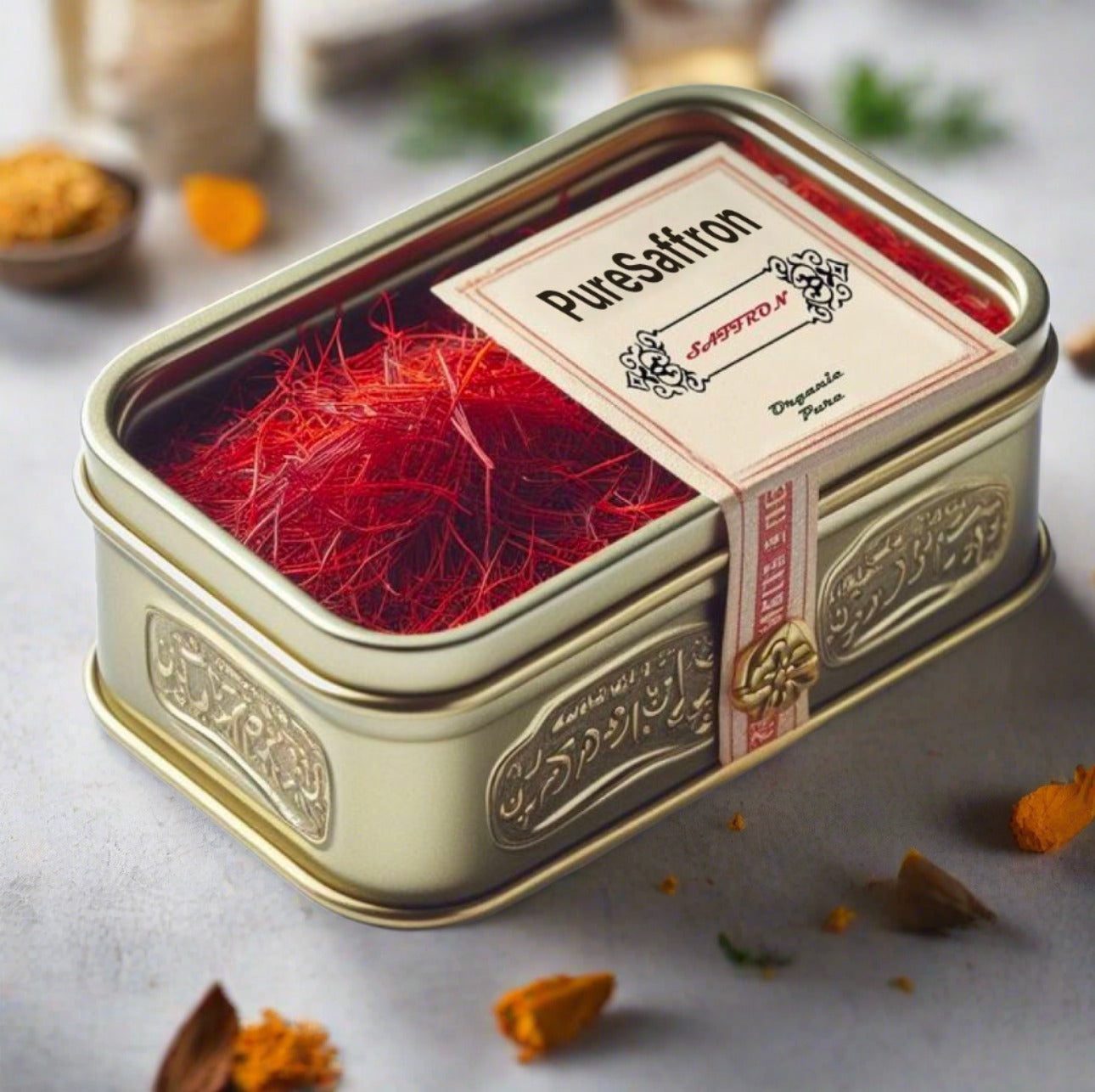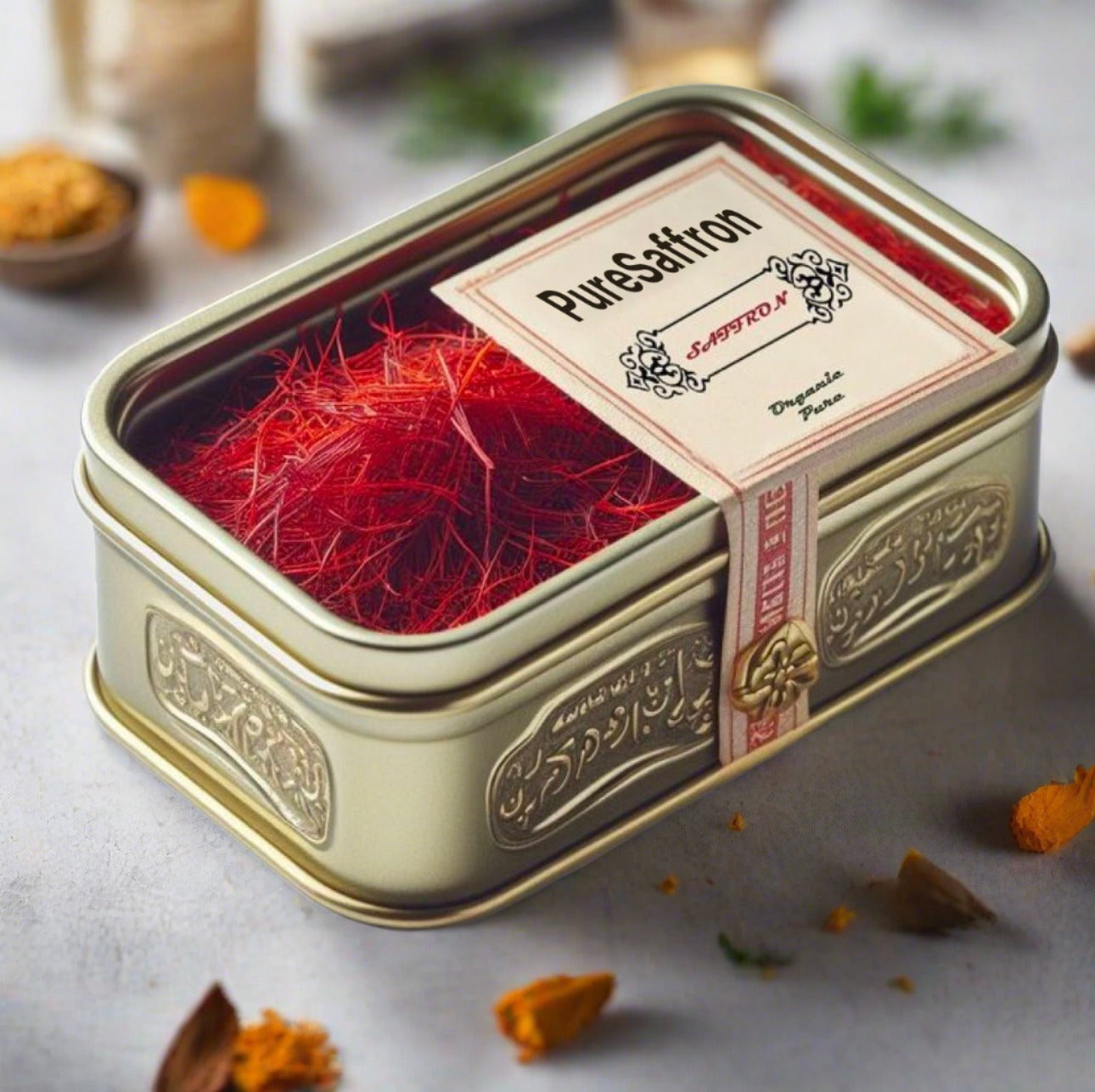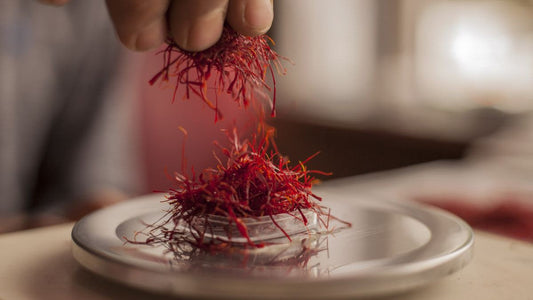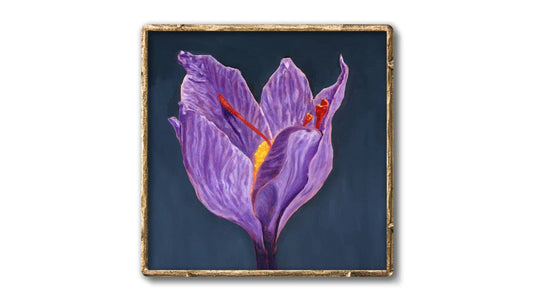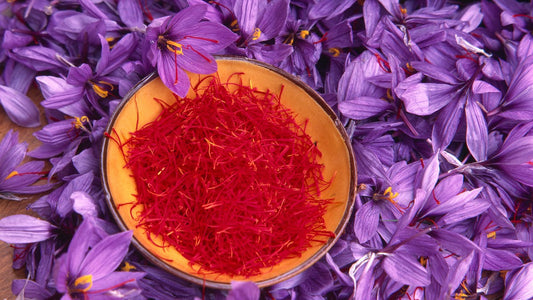
Saffron Packaging Types: A Complete Guide to Preserve Quality
Ara OhanianShare
Saffron, often called the "red gold," is one of the world's most precious spices. Its delicate threads, vibrant color, and unique flavor make it a culinary treasure. However, to enjoy its benefits, proper packaging is essential to preserve its quality, aroma, and potency. In this article, we’ll explore the various saffron packaging types, their features, and how to choose the right one for your needs.
Why Does Saffron Packaging Matter?
Saffron is sensitive to light, moisture, and air exposure, which can degrade its quality over time. The right packaging not only ensures its freshness but also protects it from external contaminants. Proper packaging is crucial for:
- Maintaining saffron's aroma and flavor
- Preventing exposure to humidity and light
- Ensuring ease of use for consumers
- Providing a professional and appealing look for commercial purposes
Common Saffron Packaging Types
Saffron packaging comes in various types, each designed to serve specific needs. Here are the most common options:
1. Glass Jars
Glass jars are one of the most popular and premium saffron packaging types. They offer an elegant appearance and provide excellent protection from environmental factors.
- Pros: Airtight seal, reusable, visually appealing
- Cons: Fragile, higher cost
- Best For: Long-term storage and gifting purposes
2. Acrylic or Plastic Containers
Acrylic and high-quality plastic containers are lightweight and more affordable alternatives to glass jars. They are commonly used for commercial saffron packaging due to their durability and cost-effectiveness.
- Pros: Durable, lightweight, affordable
- Cons: May not be as airtight as glass
- Best For: Everyday use and bulk saffron packaging
3. Metal Tins
Metal tins are another robust option for saffron packaging. They provide excellent protection from light and moisture while offering a sleek and stylish presentation.
- Pros: Durable, blocks light completely
- Cons: Heavier, may not allow visual inspection of saffron
- Best For: Premium packaging and travel purposes
4. Paper or Cardboard Boxes
Paper or cardboard boxes are eco-friendly and lightweight. They are often used for bulk saffron packaging or as an outer layer to encase smaller containers.
- Pros: Biodegradable, cost-effective
- Cons: Less durable, prone to moisture damage
- Best For: Temporary storage and sustainable packaging options
5. Vacuum-Sealed Pouches
Vacuum-sealed pouches are ideal for preserving saffron's freshness during shipping or long-term storage. These pouches remove air, preventing oxidation and contamination.
- Pros: Maintains freshness, lightweight, easy to store
- Cons: Not reusable, less visually appealing
- Best For: Bulk saffron storage and long-distance shipping
Factors to Consider When Choosing Saffron Packaging
When selecting the right saffron packaging type, it’s essential to consider the following factors:
- Purpose: Are you storing saffron for personal use, gifting, or commercial sale?
- Material: Choose materials that protect saffron from light, air, and moisture.
- Size: Ensure the container size matches the quantity of saffron to minimize air exposure.
- Durability: Opt for packaging that can withstand handling and transportation.
- Aesthetics: For gifting or retail purposes, visually appealing packaging is a must.
Innovative Trends in Saffron Packaging
The saffron industry is embracing innovation to meet consumer demands for better packaging. Some emerging trends include:
- Eco-friendly materials: Sustainable packaging options, such as biodegradable pouches and recyclable containers, are gaining popularity.
- Smart packaging: QR codes and tamper-evident seals are being incorporated to ensure authenticity and traceability.
- Luxury designs: Gold-embossed labels, engraved tins, and intricate glass jars cater to the premium market.
How to Store Saffron After Opening the Package
Once you’ve opened your saffron package, proper storage becomes even more critical. Follow these tips to maintain its quality:
- Store saffron in an airtight container to prevent air exposure.
- Keep it in a cool, dry place away from direct sunlight.
- Avoid storing saffron in the refrigerator, as moisture can compromise its quality.
- Use saffron within 2-3 years for the best aroma and flavor.
Where to Buy Premium Saffron with the Best Packaging
If you're looking for high-quality saffron that comes in premium packaging designed to preserve its flavor and aroma, check out our Pure Persian Saffron. We ensure that our saffron is packaged to perfection, so you receive the freshest product every time.
FAQs About Saffron Packaging Types
Here are some frequently asked questions about saffron packaging types:
-
1. What is the best material for saffron packaging?
Glass jars and metal tins are considered the best materials due to their durability and ability to protect saffron from light and air. -
2. Can I store saffron in plastic containers?
Yes, but ensure the plastic is food-grade and airtight to prevent contamination and preserve freshness. -
3. How long does saffron last in its packaging?
Properly stored saffron can last up to 2-3 years while maintaining its quality. -
4. Are eco-friendly saffron packaging options available?
Yes, many brands now offer biodegradable and recyclable packaging solutions for saffron. -
5. Why is vacuum-sealed packaging used for saffron?
Vacuum-sealed packaging removes air, which helps in preserving saffron's aroma, flavor, and freshness during long-term storage or shipping.
